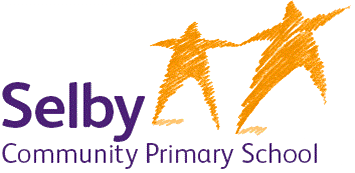Reading and spelling are two sides of the same coin; decoding and encoding are inverse operations. Therefore, we use the linguistic phonics programme, Sounds-Write, to teach both throughout the school.
The children are taught to decode and encode through explicit teaching and practice of these skills and concepts:
Skills
- Blending
- Segmenting
- Phonic Manipulation
Concepts
- letters are symbols that represent sounds
- sounds can be spelled using 1,2 3 or 4 letters
- the same sound can be spelled in more than one way (rain, break, gate, stay)
- many spellings can represent more than one sound (head, seat, break)
In Reception and KS1, children have a daily phonics lesson following the clear, consistent and cumulative Sounds-Write programme. In Key Stage Two, children have 3 spelling lessons per week where the National Curriculum is taught using the Sounds-Write approach.
Throughout the school, the teaching and learning of spelling is through repeated exposure to vocabulary to ensure mastery. Children group and categorise words based on the sound-spelling correspondences and all lessons include both the reading and writing of vocabulary.
In addition to their spelling lessons, children are constantly immersed in a vocabulary-rich environment through a broad and balanced curriculum. Whenever new words are encountered, they are analysed, taking into consideration the sound-spelling correspondences, syllable structure, etymology and morphology of the word as appropriate. Through developing their analytical skills, we try to promote a genuine interest for exploring words, committing both the meaning and spelling of the word to long term memory. Teachers continue to emphasise to pupils the relationship between sounds and letters, even when the relationship is unusual.
Retrieval practice is an important part of spelling learning, so children partake in regular dictation exercises and low-stakes quizzing.
